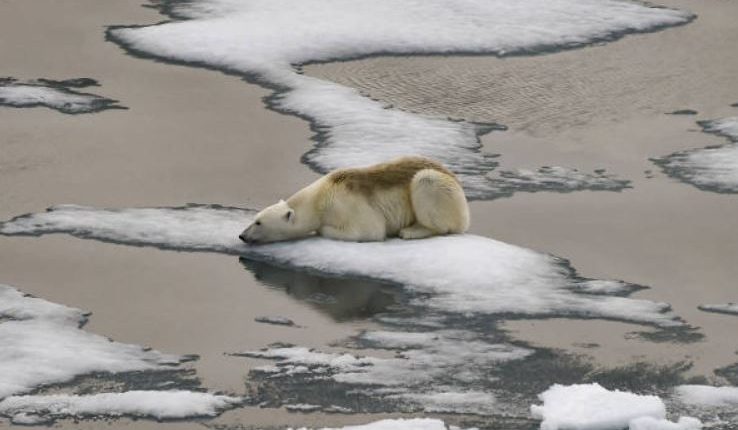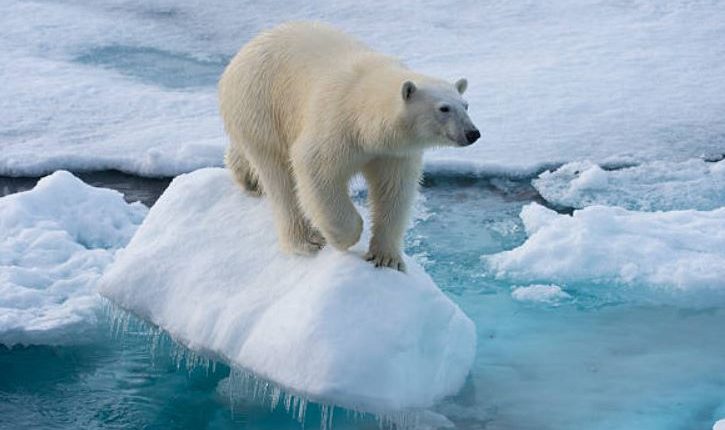
An Alaskan polar bear has become the first of its kind to reportedly die from avian influenza, also known as HBN1. The disease was first detected in the United States in January of 2022 and has since posed a threat to various wildlife populations.
The polar bear’s death, discovered in Alaska’s North Slope Borough near Utqiagvik in October, has raised concerns about the potential impact of avian influenza on vulnerable species.
The Unprecedented Case
State Veterinarian Dr. Bob Gerlach revealed that the polar bear had likely consumed the carcasses of birds infected with the disease.
The bear’s body was found in October, marking a distressing milestone as the first reported case of avian influenza in polar bears globally. Dr. Gerlach promptly reported the incident to the World Organisation for Animal Health, drawing attention from Arctic nations with polar bear populations.
The bear’s remains were tested on December 6, confirming its contraction of the virus on the same day. Notably, other species in Alaska, including red foxes and a brown bear, have also succumbed to avian influenza, as reported by the state veterinarian’s office.
The virus, previously detected in domestic poultry and wild birds across the US two years ago, shares the same strain currently spreading in Europe and Asia.
While this alarming incident has prompted concerns about the potential impact on polar bear populations, it remains unknown if other polar bears have fallen victim to the disease. Dr. Gerlach highlighted the challenges faced by the scientific community in monitoring such occurrences in remote Arctic regions, emphasizing the dependence on biologists conducting surveillance.
Read more: Florida Woman Arrested In Connection With Overcrowded, Smelly Animal Conditions
Alaskan Polar Bear: A Looming Threat as Avian Influenza Strikes Arctic Majesty

Polar bears, known for hunting seals on sea ice, typically do not need to ingest infected birds to contract the disease. Dr. Gerlach explained that the virus can be maintained in cold environments, creating a potential threat to these majestic creatures.
The World Wildlife Fund classifies polar bears as vulnerable, facing a high risk of extinction, with an estimated 22,000 to 31,000 remaining in the wild across Canada, Alaska, Russia, and Norway.
The spread of avian influenza has garnered attention beyond the Arctic. In November, UK researchers warned that the virus could signify one of the largest ecological disasters of modern times if it begins causing mass mortalities in penguin colonies.
Authorities in regions home to these birds are closely monitoring mortality rates to assess the potential impact on these already vulnerable populations.
In response to the grim development, the state veterinarian’s office is advising owners of domestic poultry to take precautions to prevent contact between wild and domestic birds. While the risk to humans from the current strain is relatively low, the agency stresses the importance of proactive measures to mitigate further spread.
Read more: Arkansas State Park Shines: Man Stumbles Upon 4.87-Carat Diamond Treasure

